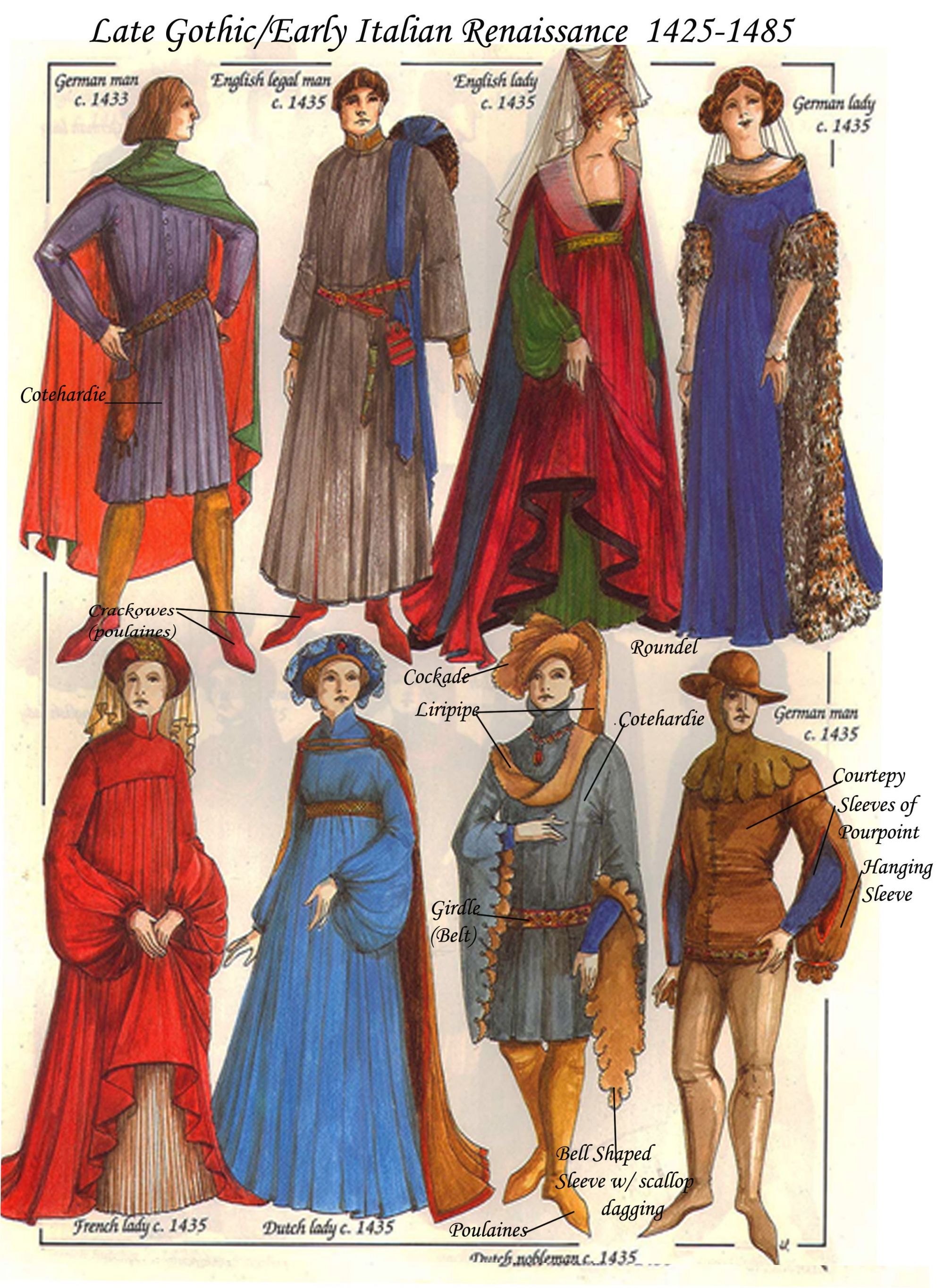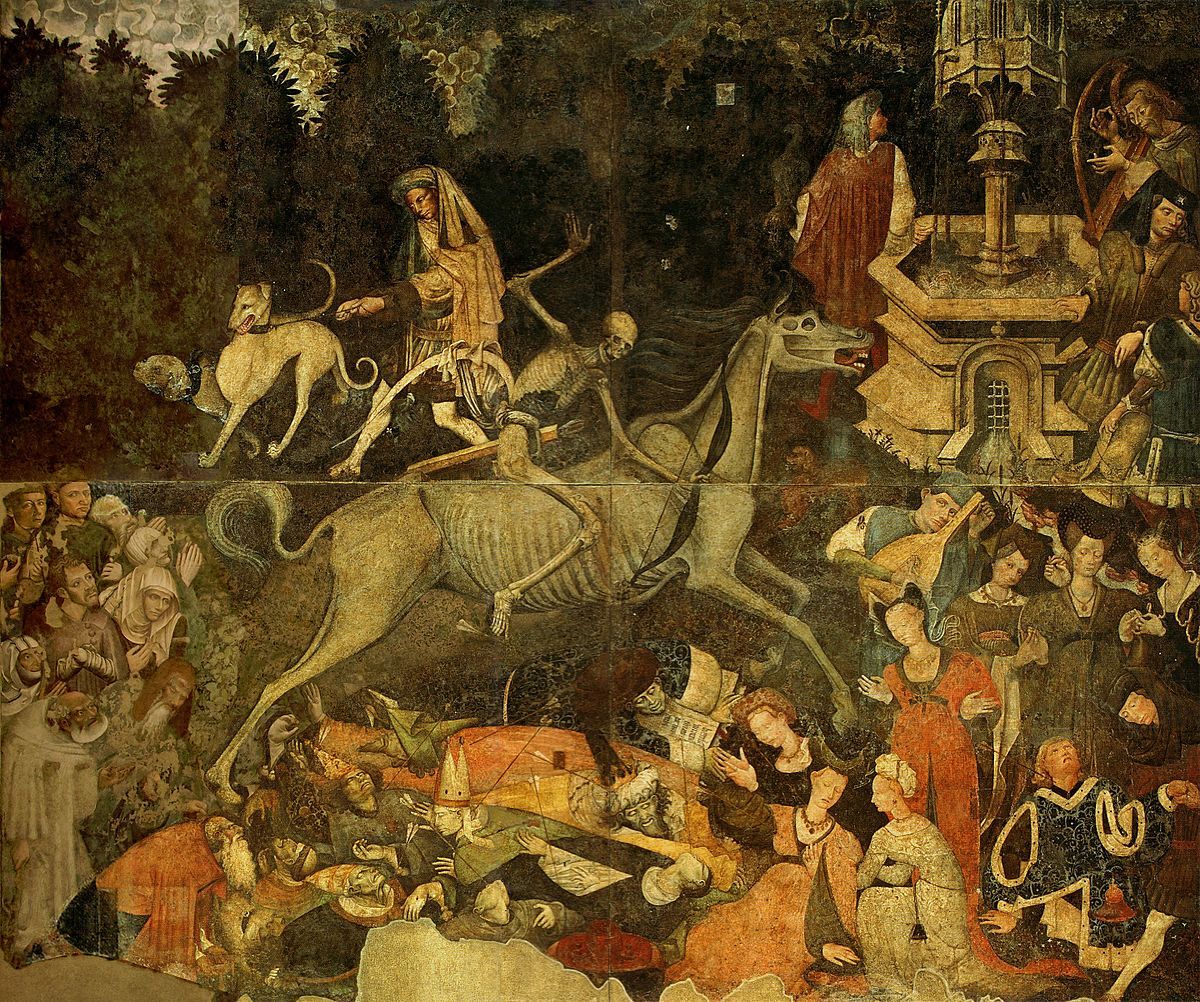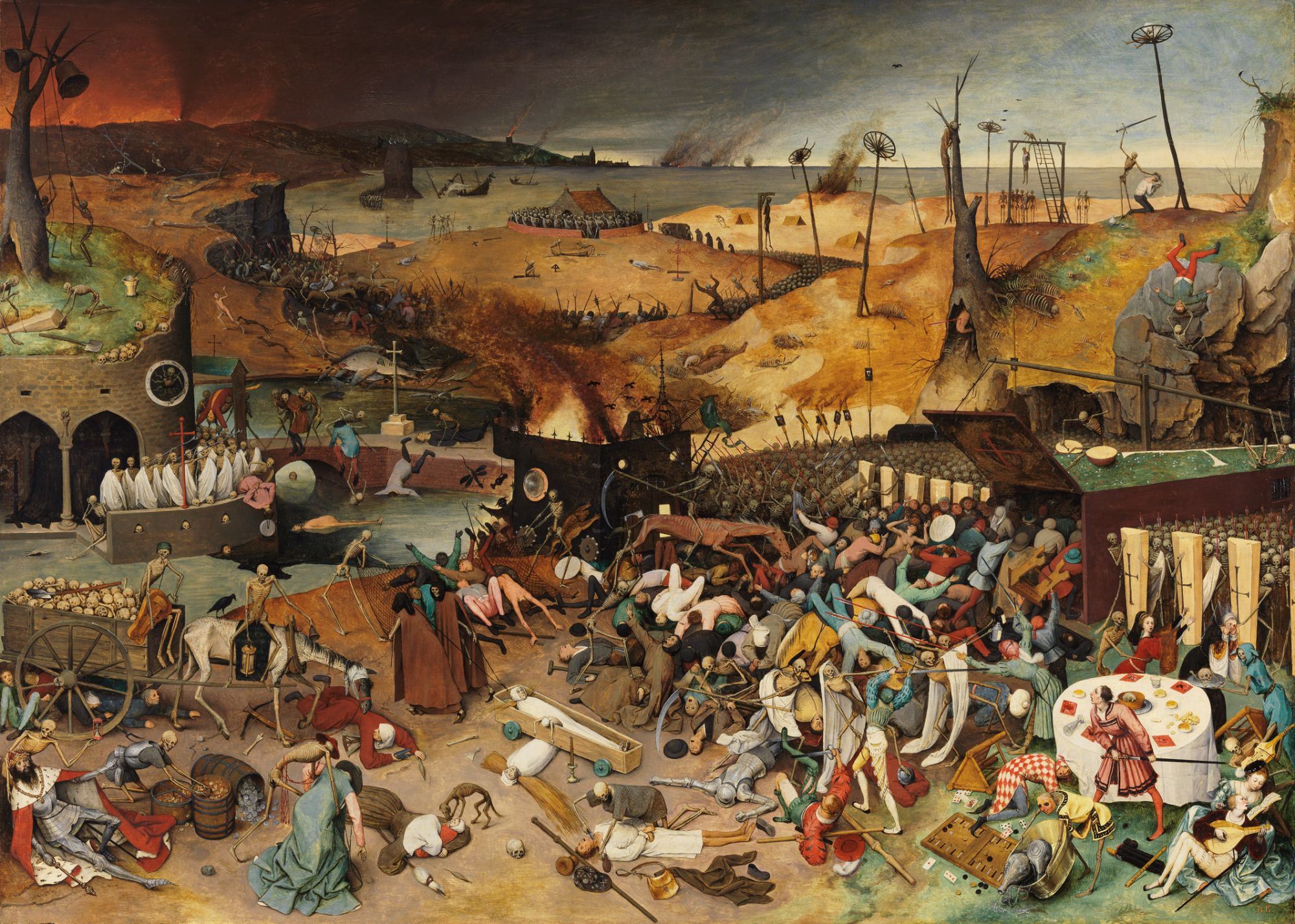
How the worst pandemic in human history prompted the birth of Italian luxury A reflection on how things worked in 1300's
In 1347, the deadly disease known as the Black Death or the Bubonic Plague struck Western Europe and England and was ranked as the most devastating pandemic in human history, killing an estimate of 75 to 200 million people. Italy was one of the first European countries to be hit, and from there it was spread throughout France, Spain, Portugal, England as well as other European nations. The killer virus not only had a huge effect on local populations, but consequently also had an arguably positive effect on the economy as well, an effect which resulted in the birth of luxury spending.
The Black Death wiped out an entire third of the total population, and scholars have reported that because of this great decline in the population, those that were able to survive the disease were able to inherit great wealth gained from inheritances, which resulted in the increase of luxury spending as investments in luxury goods began trending, especially on clothing. Many fashion historians refer to this period in the 14th century as the birth of tailoring.
This increase of consumerism, resulted in a greater demand for products and even alterations in style and design. Long ceremonial garments, were initially the main craze for women followed by a tight and closer fit as the use of buttons became more popular, and served as an important piece of ornamentation. It was the century where luxury was born as people became willing and able to spend more on art and textiles.
One of the countries which benefited the most from this demand at the time was Italy. Not only because it had undergone the most deaths in Europe but also because in the Middle Ages, Italy was divided into several political and governmental regions. Florence was a republic, Milan was a princedom, Naples was a monarchy and Venice was an Oligarchy/Republic, because of this , there was no single hub for commerce but several different laws and trade, because of this the country was able to profit through different channels of trade. When this demand for luxury increased , Italy also began producing its own products. Textiles and arts were the main produce of the country and expensive in demand raw materials like silk, wool, cotton and dyes became major generators for foreign income.
At the time, luxury spending became so popular that many political & religious rulers began to worry about this new trend of ordinary people and peasants engaging in wasteful spending which resulted in them enforcing and tightening the laws of spending. In her book Sumptuary Law in Italy, 1200-1500, author Catherine Kovesi explains the sumptuary law, which was a law designed by the government to restrict personal expenditure. The law implemented a limit each person could spend on clothing, household equipment, food etc. and in this period in the 14th century the amount of regulations on the spending of female clothing were raised to twenty.
Following this, in the 15th and 16th century, these amounts of regulations doubled and tripled as the government attempted to control the idea of luxury fashion while the idea became more and more popular. Historian Susan Mosher Stuard also wrote on the years that followed, in her book ,Gilding the Market Luxury and Fashion in Fourteenth-Century Italy:
“Over a short span of years important matters began to turn on the cut of a sleeve. Fashion influenced consumption and provided a stimulus that drove demand for goods and turned wealthy townspeople into enthusiastic consumers. Making wise decisions about the alarmingly expensive goods that composed a fashionable wardrobe became a matter of pressing concern.”
Thus, with the emergence of a new society, a new idea of luxury also emerged. An idea that, in the field of fashion in the strict sense, gave rise to new fields of commerce and social roles and entered the collective cultural language, testifying to the new centrality assumed by man compared to previous eras.




















































